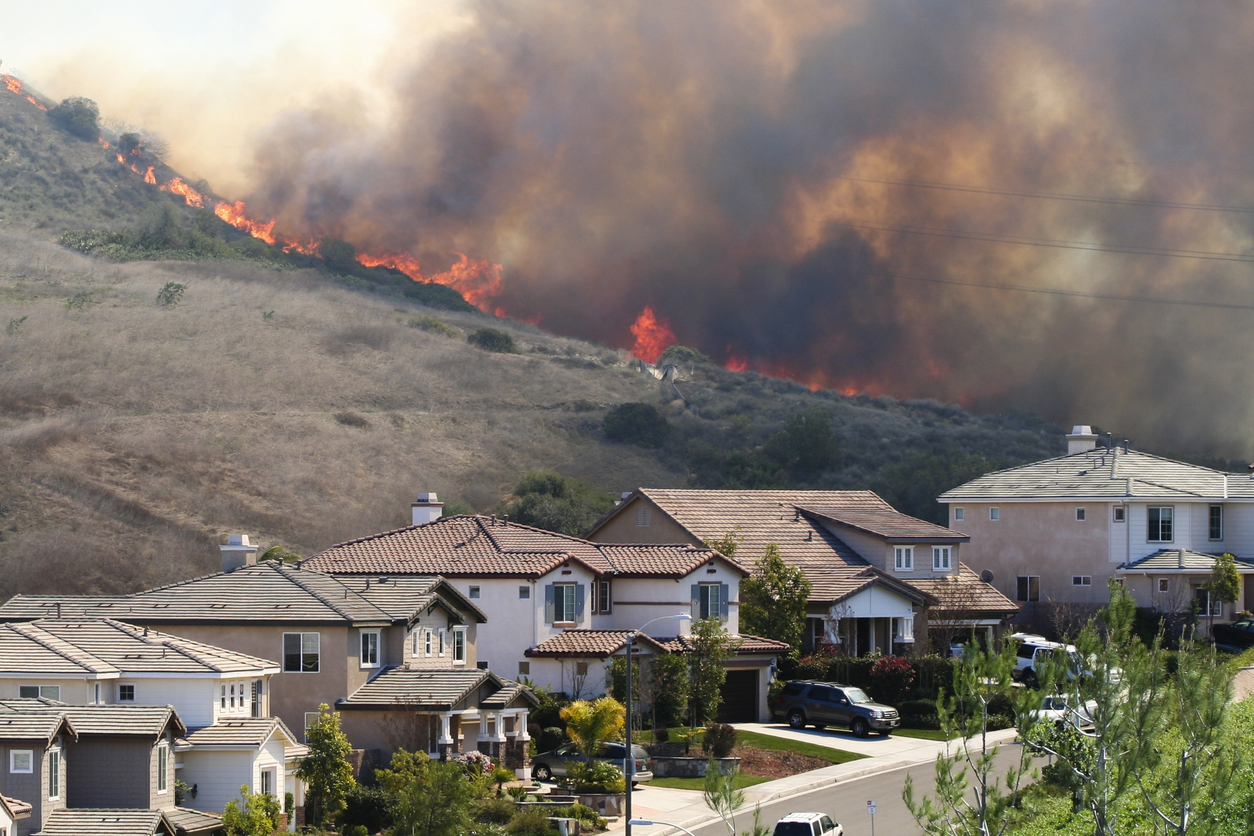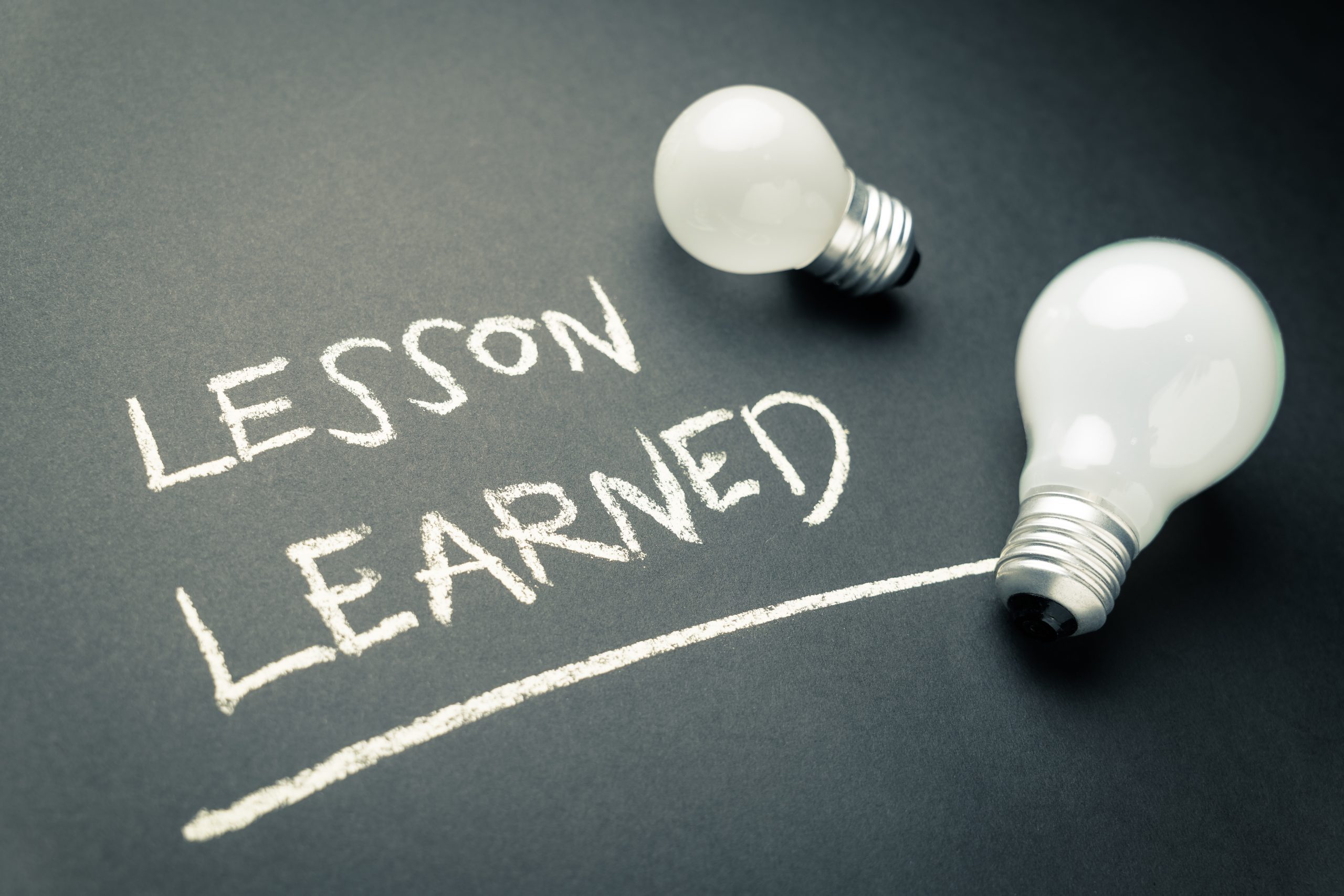Wildfire season 2020 is off to an early start. Public adjusters are a vital asset to helping our communities rebuild. But an unqualified public adjuster may make things worse. This article provides ten insights as to some of the issues we see go sideways in wildfire claims.
- Is there enough insurance? Check this immediately. It happens to about a third of policyholders. If there isn’t enough insurance, get an attorney involved. This is a purely legal issue.
- Get an advance on the dwelling so the insured can lock in a contractor. Contractors can be hard to come by in California, especially after disasters. When you get one, they won’t wait around for the insurer to approve their bids. Do whatever you can to get an advance, or a full ACV payment, as soon as possible.
- Demonstrate early that repairs will take a while. Wildfires simultaneously reduce the housing supply and create new demand. To get into a comparable house in the right location, you need to act fast and be ready to sign a long-term lease of at least six months. For partial losses and smoke claims, this means demonstrating as soon as possible the repairs will take a long time. For total losses, it should be obvious.
- Check the insurance company adjuster’s credentials and educate them as needed. Insurers often have to rely on adjusters from out of state due to the volume of claims. Make sure you are educating them on California procedure and giving citations for your positions. Also, don’t expect them to stay long. Expect a new adjuster in a few months.
- Document smoke claims with professionals. Insurance companies hate smoke claims. Most won’t even hire a hygienist or test samples in a laboratory. They’ll send it a vendor who will do a generic cleaning on a negotiated price per square foot basis. Demand a hygienist on day one, and if they don’t give you one, hire one and submit the bill as a claim cost. Notably, there are no generally accepted standards for wildfire smoke remediation. Interview your hygienist to ensure they are qualified for wildfire smoke claims and ask them which industry standards they adhere to.
- Use engineers for heat damage claims and get letters from manufacturers. Heat can damage windows, doors, roofs, siding, and more. Heat damage can result in warping, aesthetic damage, and create opportunities for future leaks. Heat can also actually void warranties for certain building materials. If there appears to be heat damage, you need an engineer to confirm it. If the structure has any specialized components that have a warranty left, contact the manufacturer and get a letter confirming the warranty is void.
- Do water tests for suspected ember damage. Embers swept up in the wind can find their way under roof shingles and burn small holes. It doesn’t rain a lot in wildfire season, so insureds might not realize the problem. If the fire was very close to the property it may be wise to do some basic water testing to ensure there is no ember damage.
- Don’t fall for the fire exclusions and sub-limits. California law sets minimum standards for a fire insurance policy. This bars carriers from excluding or specially limiting certain fire-related perils such as smoke damage. If the insurance policy treats any aspect of a wildfire claim different from a general fire claim, the limiting aspect is probably unenforceable. Don’t fall for this. Consult counsel.
- File a DOI complaint at the first sight of trouble. DOI complaints are usually not very helpful, but when there is a state of emergency, a DOI complaint can lead to a mandatory mediation paid for by the insurer. Normally the DOI will simply take an insurer’s response to a consumer complaint, mail it to the insured, and call it a day. But with wildfires, if the DOI complaint does not resolve the dispute, the DOI can refer the case to the mediation program.
- Read all the new laws. New laws have been enacted or effectuated since the last fire season. The changes are all for the benefit of the policyholders. Tomorrow’s blog post will discuss them specifically.




